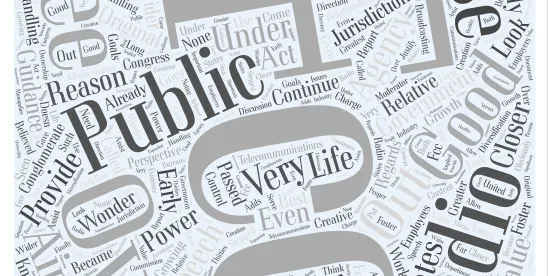Back in April the TCPAWorld has hurtling toward a date with disaster.
The Biden-era FCC had entered a ruling massively expanding the scope of stop requests received by consumers– and enterprise was simply not prepared for the dire consequences.
Under the current “common sense” approach to TCA consent revocation requests applied by the courts, fact finders look at the “reasonable expectation” of a consumer is requesting, for instance, that text messages “stop.”
Thus, for instance, Walmart might be able to text you about a order you made being available for curbside pickup, even if you previously texted “stop” to a short code respecting a different order.
The new rule adopted by the FCC, however, would massively change how businesses must handle revocation requests.
At a high level:
- Callers must treat any “stop” request as valid across all channels and for all purposes that require the same level of consent or greater. For instance calls and texts must top for both informational and marketing purposes if a consumer texts “stop” to any informational call.
- Callers have the opportunity to use only a single “confirmation” message to try to salvage consent afforded by a consumer.
This new was set to go into effect April 11, 2025 but thanks to advocacy work by the MBA, ABA, and others, the FCC pushed it back by one year. That means the rule is set to go into effect April 11, 2026.
While that is still about 7 months away, businesses need to decide now if they are going to comply with the rule and set to work building out processes to comply. This can be VERY challenging when a business has multiple operational divisions that contact consumers for different reasons using different tech stacks!
Then again some businesses may decide the lift (and loss of contactability) might be too great given the uncertainty that courts will even apply the FCC ruling following McKesson–and the possibility the FCC may yet back away from the rule altogether.




 />i
/>i

